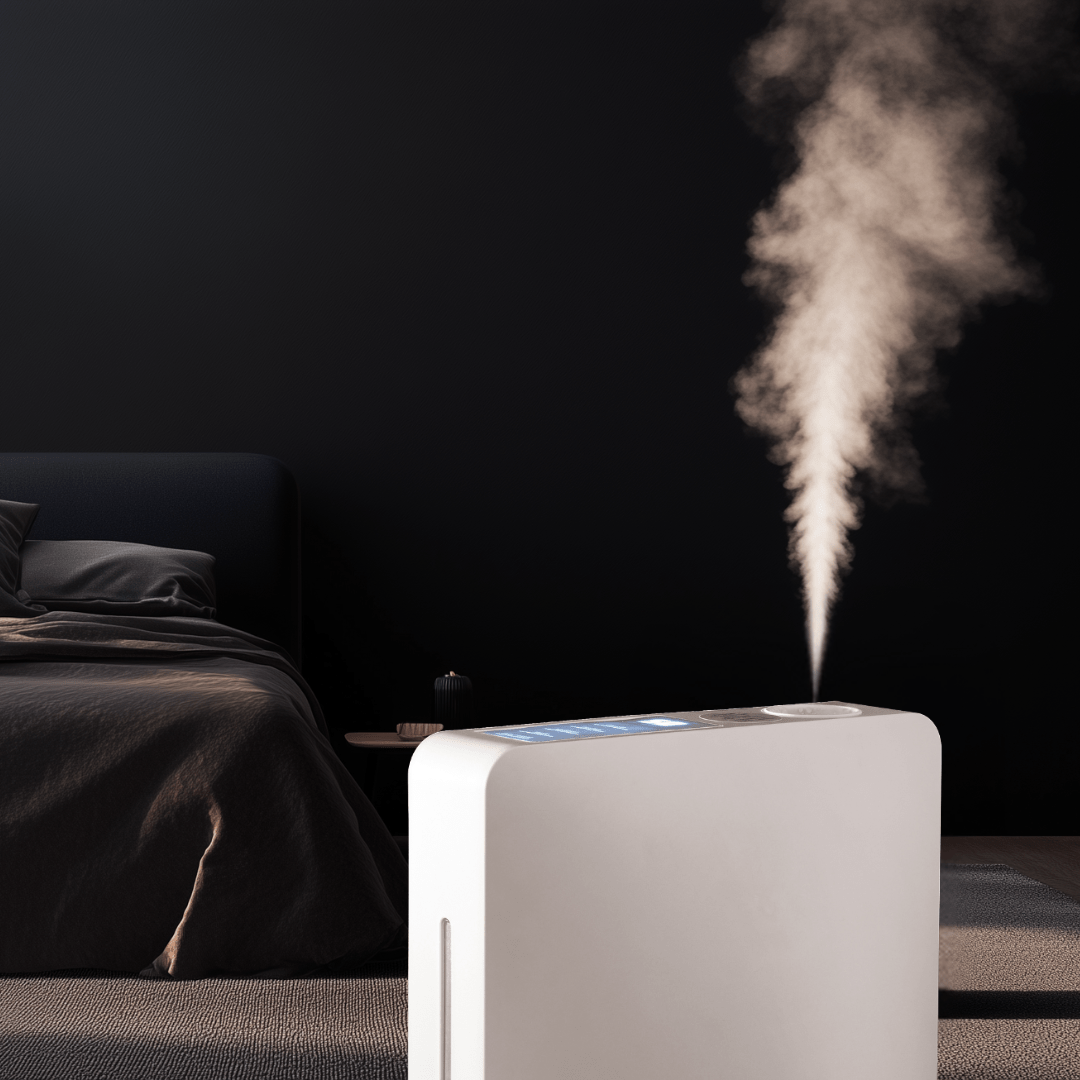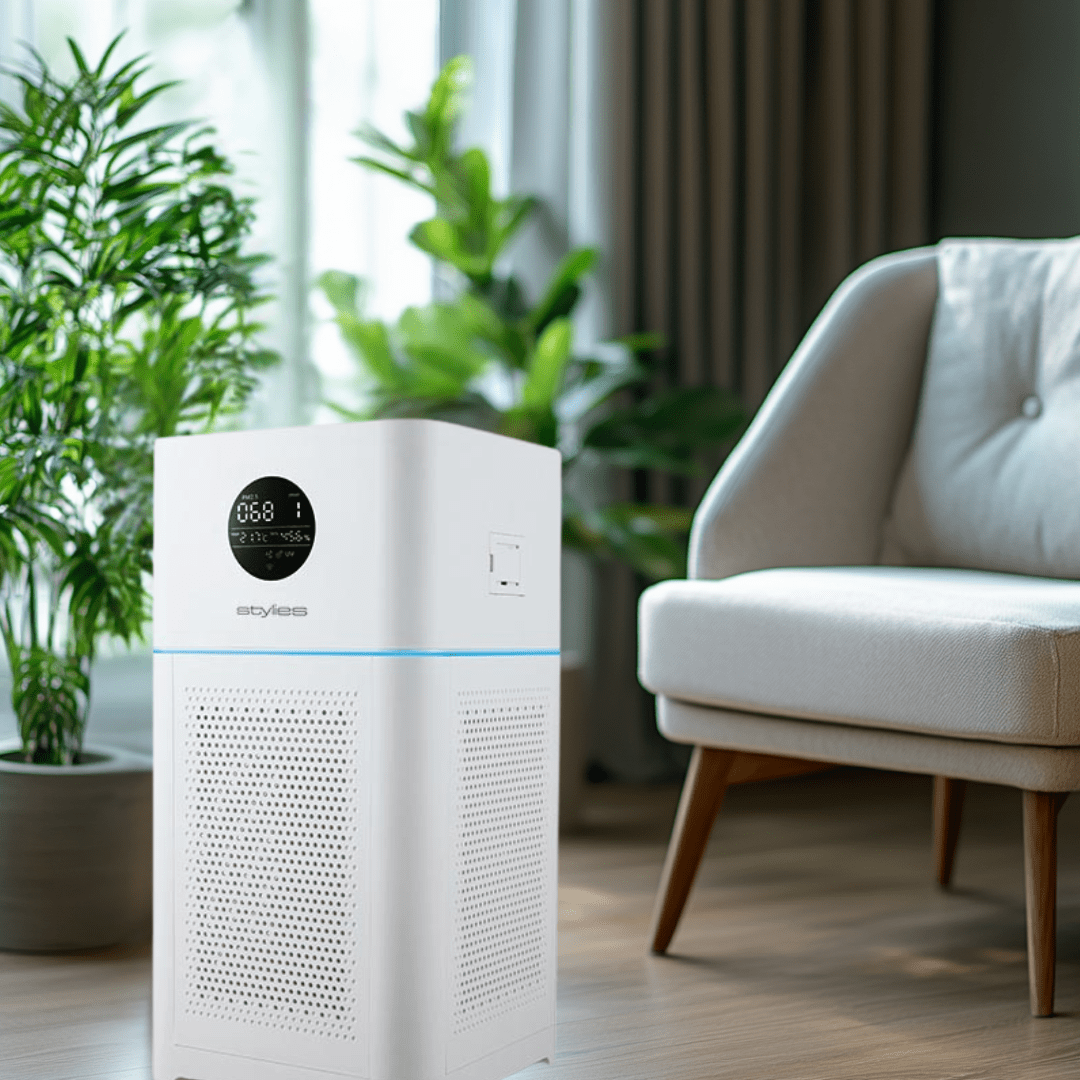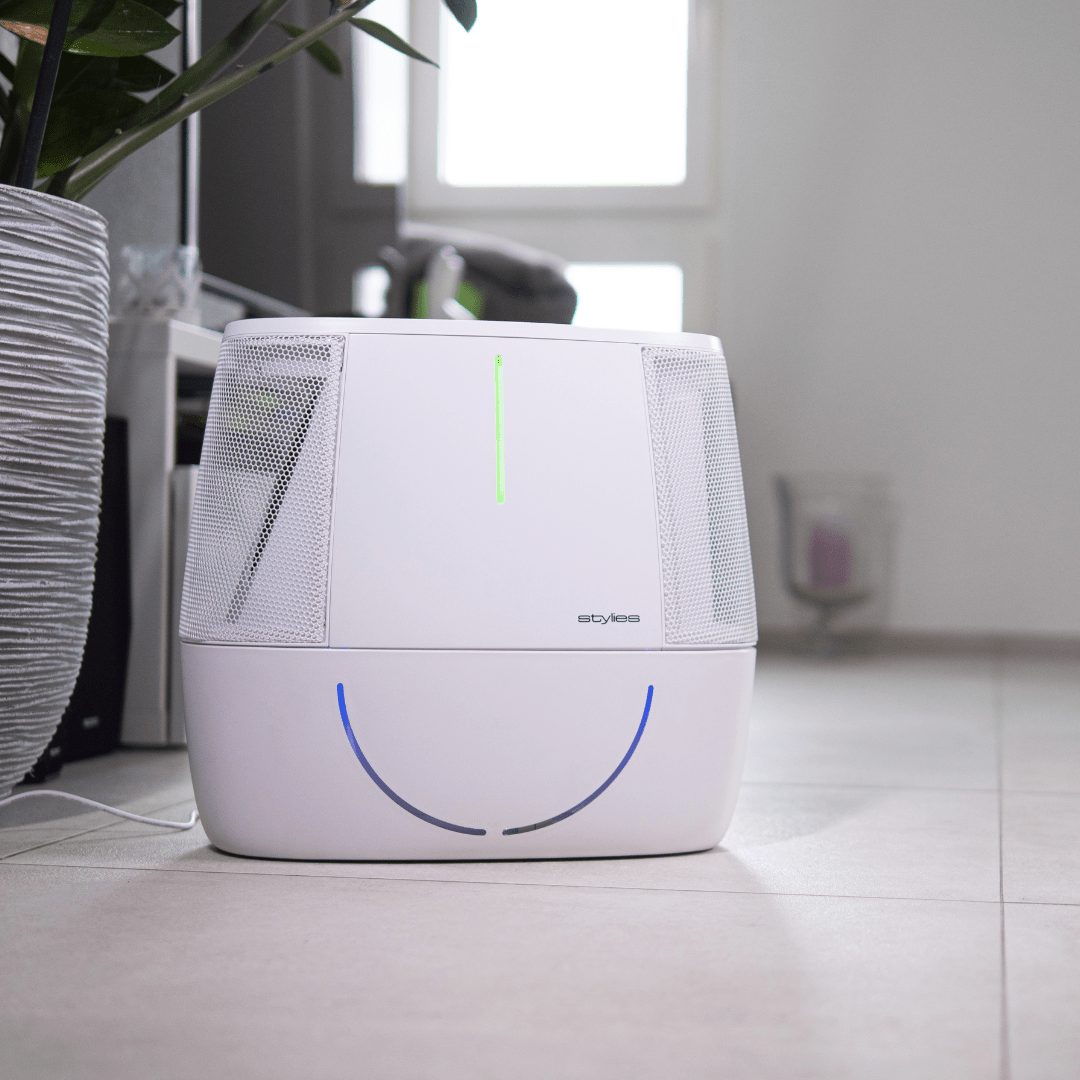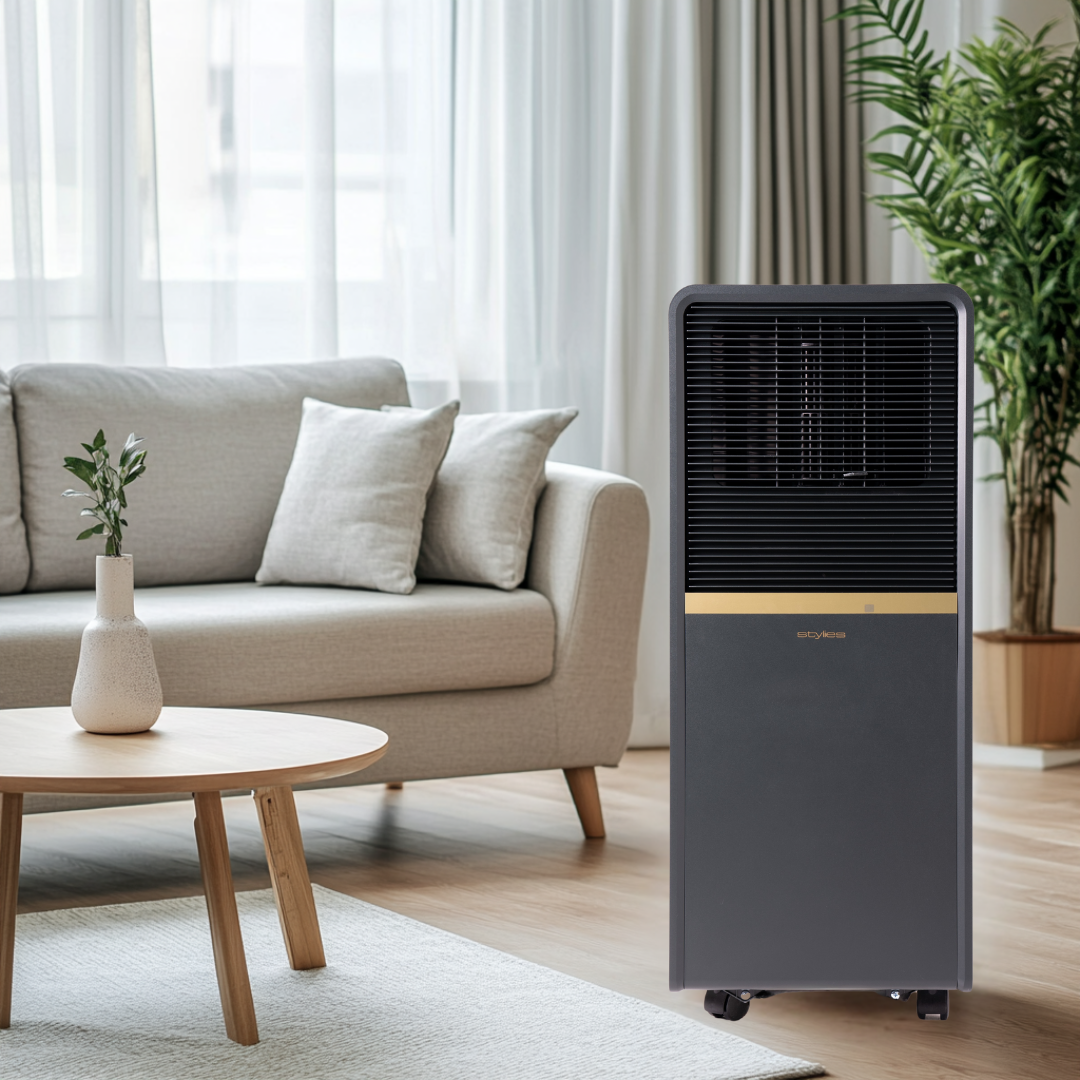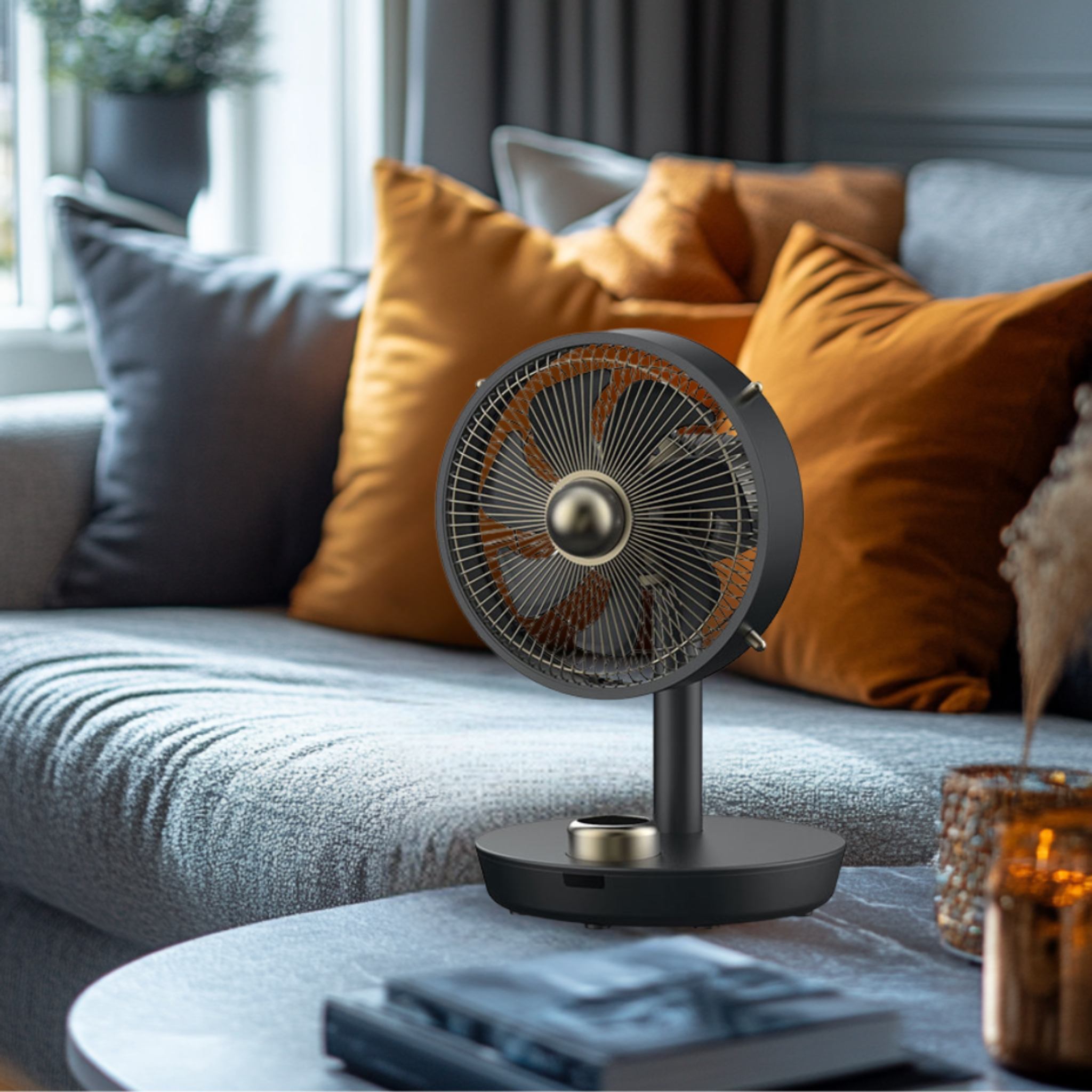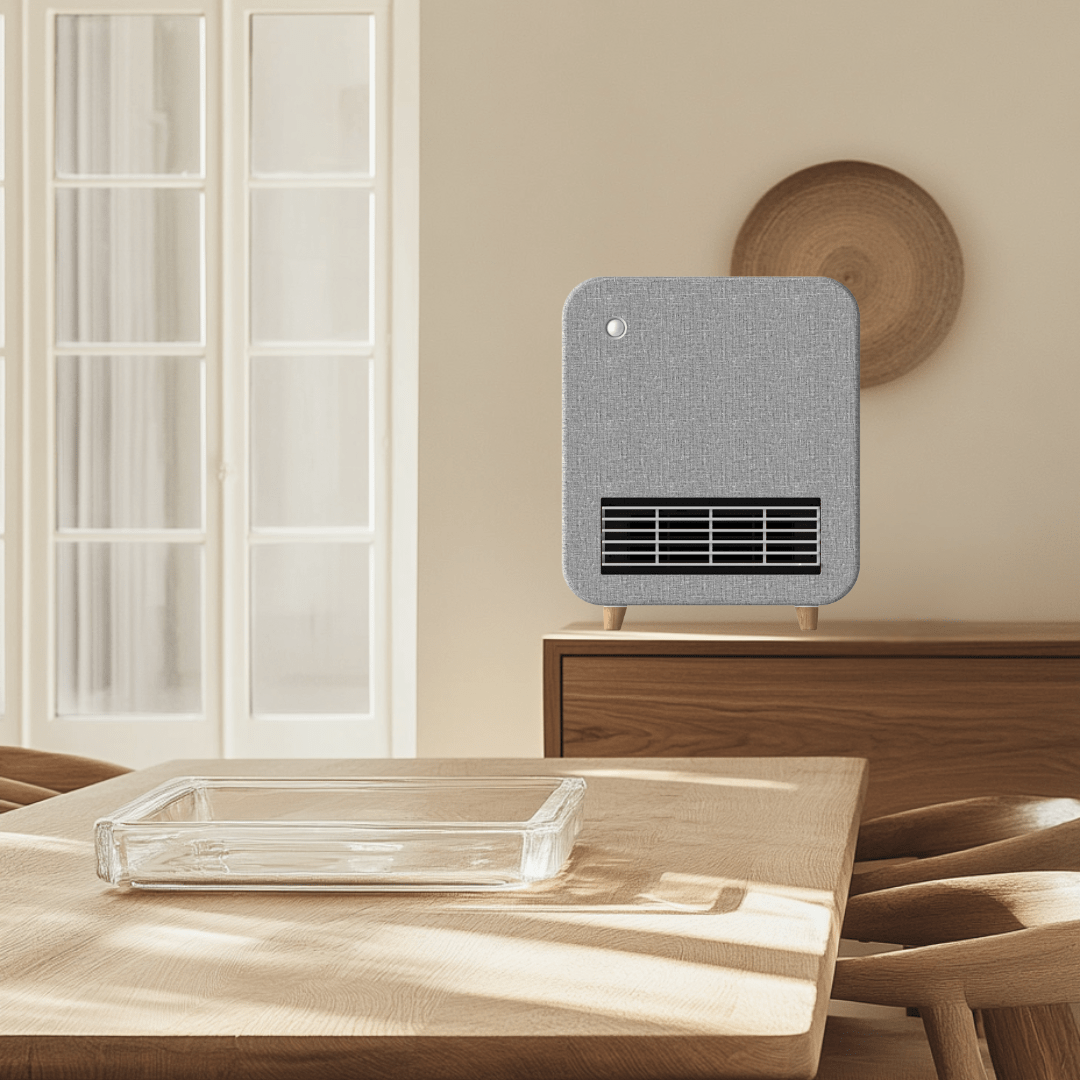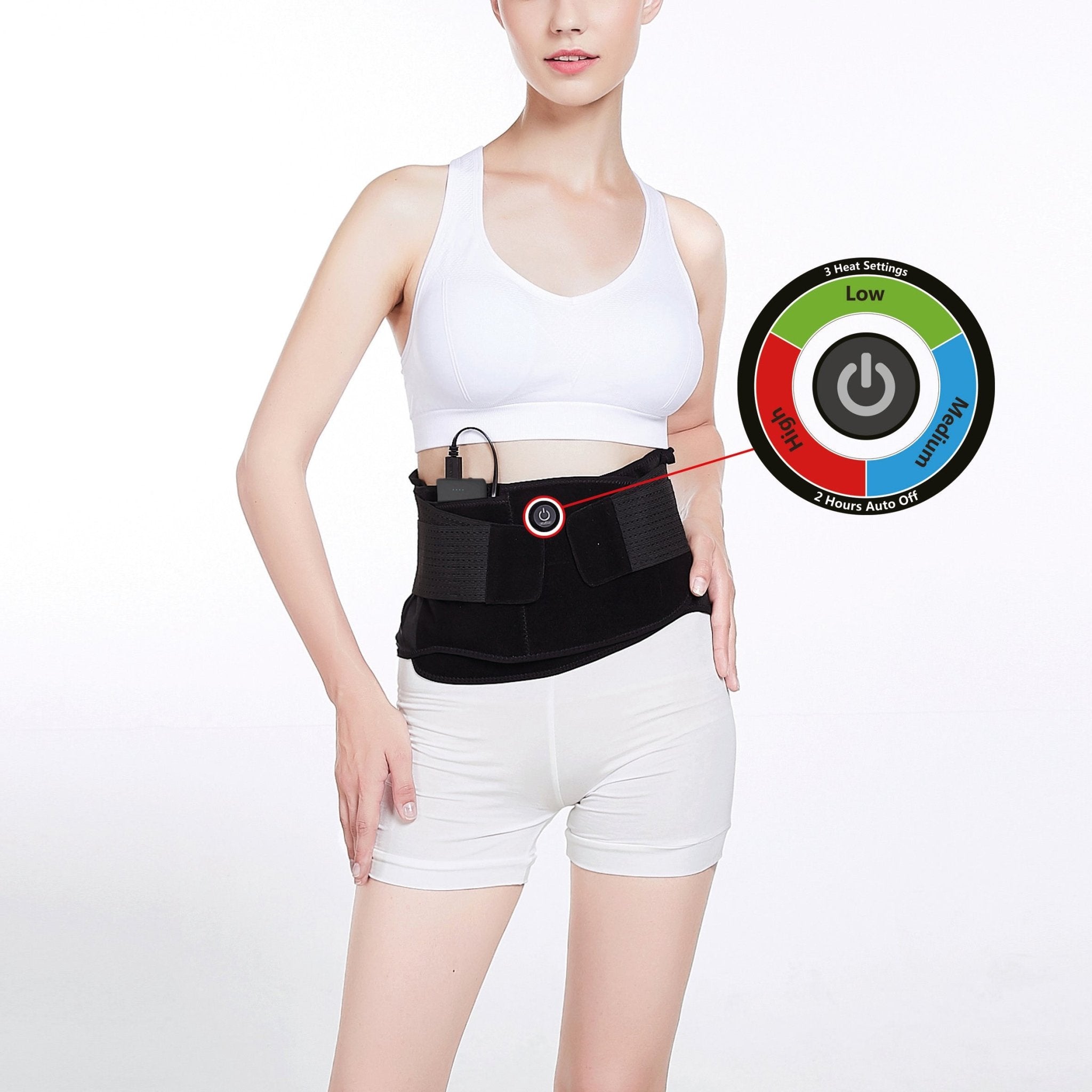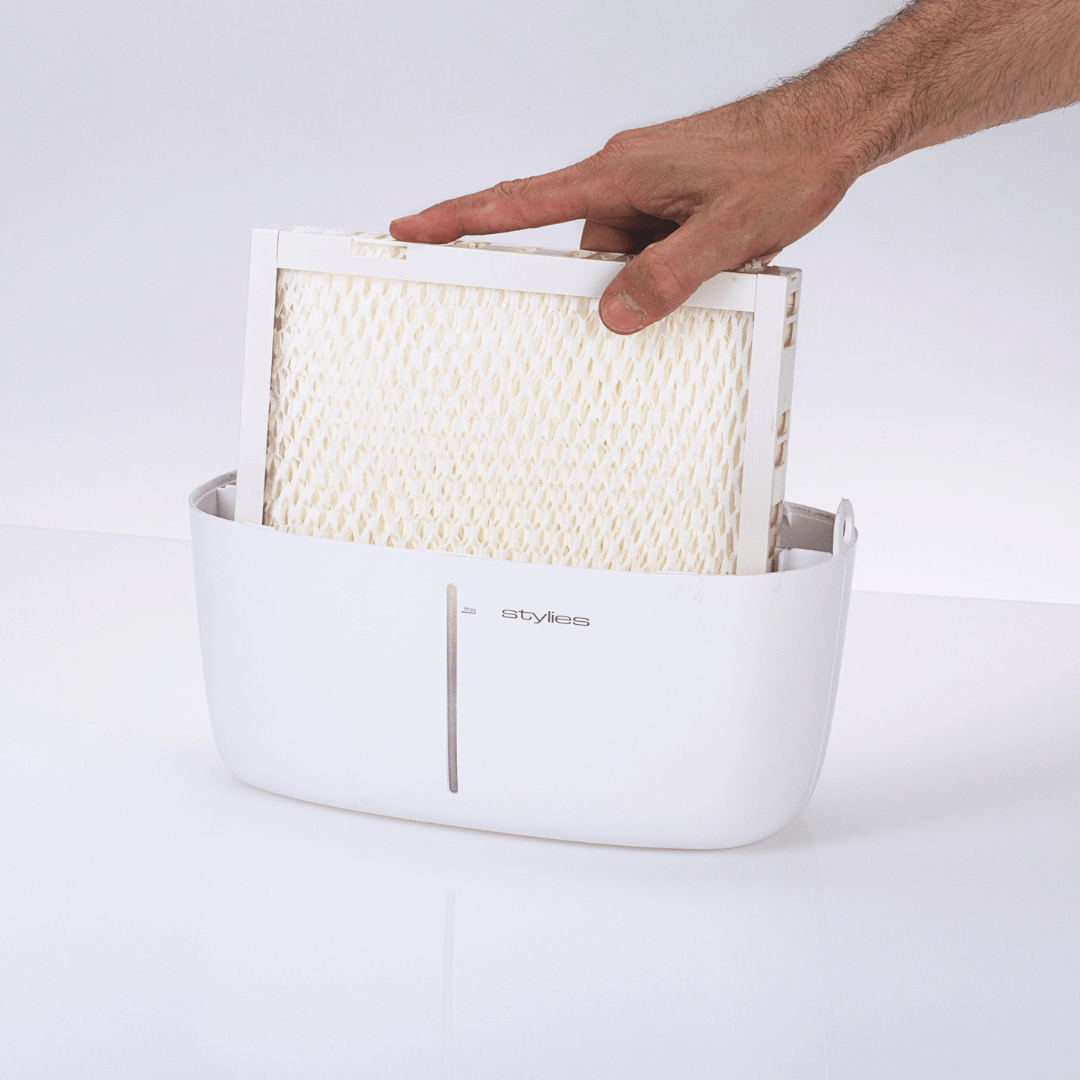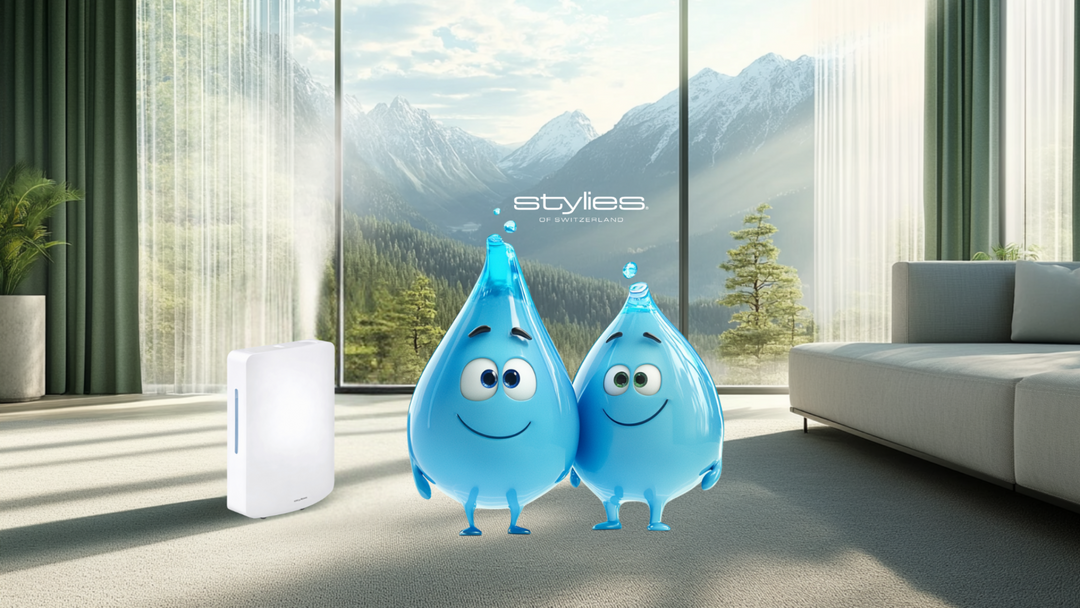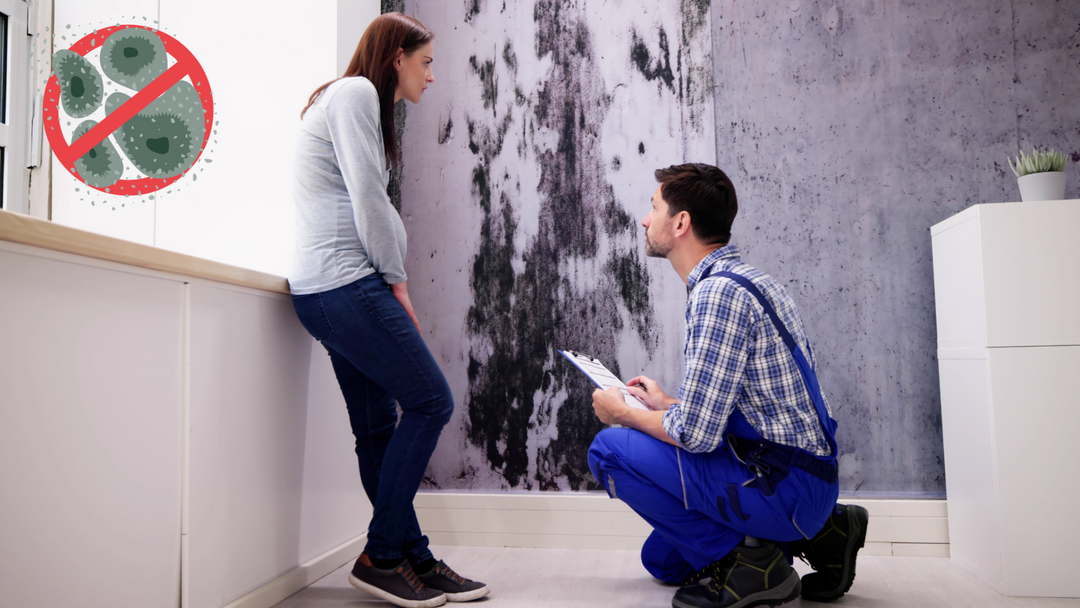Deep Dive into Cooling Your Home and Rooms
Heat-fighting tips for your home:
One smart temperature control In your own four walls, it's important not only in summer, but all year round. Pleasant room temperatures increase well-being and promote health.
In winter it is important to avoid overheating. Living spaces do not have to be tropically warm. As a rule of thumb, the Federal Environment Agency , the temperature in the living area to maximum ~20 °C to hold (if perceived as comfortable) Every degree less saves heating energy (approximately 6% per degree) and reduces CO₂ emissions. Of course, heating should not be too low either: Below ~14–15 °C, the Danger of mold clearly .
How can I lower the room temperature indoors, both in summer heat and year-round?
The following guidelines are used – as far as possible – recommended all year round :
Recommended optimal room temperatures in different rooms
| Space | Recommended temperature |
|---|---|
| Living room / study | approx. 20–22 °C (comfortable, without unnecessary overheating) |
| bedroom | approx. 16–18 °C (cool for restful sleep) |
| nursery | approx. 20–22 °C (similar to living room; babies and toddlers not too warm) |
| Kitchen | approx. 18–20 °C (slightly cooler, as cooking generates heat) |
| pantry | approx. 15–20 °C (dark, well-ventilated; cool storage climate for food) |
| basement rooms | approx. 10–15 °C (unheated basement for storage; prevents condensation and mold) |
Mobile air conditioners:
Mobile air conditioners are a flexible option for cooling rooms, especially in rented apartments or where it is not possible to install fixed systems, air conditioners help to lower the room temperature.
Here are important aspects:
Advantages
-
Flexibility: Easy transport between rooms.
-
Installation: No structural changes required.
-
Functionality: Many devices also offer heating, dehumidification or air purification functions.
- Price advantage & mobility : Mobile systems are significantly more cost-effective than a permanently installed solution. Furthermore, a mobile device can be easily moved or relocated to other rooms.
Disadvantages
-
Energy consumption: Higher power consumption compared to permanently installed air conditioning systems.
-
Noise level: Can be louder than split units.
-
Efficiency: Less effective at cooling large rooms.
Tips for use
-
Exhaust hose: Ensure the window is well sealed to prevent warm air from flowing back.
-
Ventilation: Ventilate briefly during the cooler morning and evening hours; keep windows and doors closed during operation.
-
Maintenance: Regularly clean filters and water tanks to prevent germ formation.
Further measures for temperature regulation
In addition to the use of air conditioning, there are other effective methods to combat Heat in the apartment to lower the room temperature:
-
Sun protection: Roller shutters, blinds, Blinds, an awning and curtains prevent rooms from heating up due to direct sunlight and increased outside temperatures.
-
Evaporative cooling: Damp cloths placed in front of open windows can cool the air through evaporation. An air cooler based on a similar system can also create a fresh and pleasant breeze and provide real cooling.
-
Plant: Houseplants improve the indoor climate through evaporation and shade and usually keep rooms pleasantly cool.
-
Electronic devices: Avoid unnecessary operation of devices that emit heat.
-
Insulation: Good insulation protects against heat in summer and cold in winter. Insulation is always a good solution for heat protection.
FAQ block
Frequently asked questions about room temperature and air conditioning:
2. What is the optimal room temperature in living and working rooms?
For living and working spaces, 20–22 °C as comfortable. This temperature ensures well-being without unnecessary overheating and at the same time saves Heating energy .
3. How does a portable air conditioner work?
Mobile air conditioners suck in warm room air, cool it via a Refrigerant system and return the cooled air. The heat is usually directed outside via an exhaust hose.
4. Which is better: a monoblock or a split air conditioner?
Split devices are quieter and more efficient, but more expensive. Monoblocks are cheaper and easier to install, but louder and less powerful in large rooms.
5. How can I cool rooms without air conditioning?
In addition to air conditioning units, fans , Evaporative cooling (e.g. wet cloths on the window), roller shutters and that Ventilate during the cool hours of the day.
6. How often should I clean my air conditioner?
Filters and water tanks should at least once a month cleaned – more often if used frequently. This prevents Nucleation and maintains efficiency.
7. Does it make sense to regulate the room temperature even in winter?
Yes, even in winter, do not overheat rooms. The recommendation is 20 °C in the living area. At the same time, one should 14 °C avoid in order to Mold formation to prevent.
Health effects of high room temperatures in summer
In high temperatures, our body can react with heat exhaustion or heat stroke – watch out for the first signs such as headaches or nausea.
High indoor temperatures in summer put a strain on the body and can cause a variety of health problems.
Circulation and heart : In order to maintain the core body temperature of ~37 °C, the body dilates the blood vessels in hot weather and sweats to cool down This lowers blood pressure and places greater strain on the heart and circulatory system, which can lead to dizziness, nausea, fainting spells and even circulatory collapse. Older people are particularly at risk because they feel less thirsty and start sweating later.
Sleep quality : If temperatures stay above 20°C at night, restful sleep is almost impossible – overheated bedrooms make it difficult to fall asleep and lead to restless sleep. The disrupted nighttime cooling increases fatigue the next day and reduces concentration and performance, a vicious cycle for well-being. .
Cognitive performance and concentration : From about 26 °C room temperature, the ability to concentrate decreases – you get tired more quickly and are less efficient In extreme heat, the body has to use so much energy to cool itself that less is left for mental tasks; attention and reaction times suffer, and thinking and memory skills decrease. Studies confirm that, for example, students in non-air-conditioned buildings performed worse in tests during heatwaves than those in air-conditioned rooms. Overall, many people complain of exhaustion, sleep disturbances, and headaches during heatwaves – according to a DAK survey, 59% of those affected had sleep problems and 66% had circulatory problems during the heatwave. Extreme indoor heat therefore poses a serious health risk, particularly for vulnerable groups (seniors, children, and the chronically ill).
Comfort standard (ISO 7730) . Individual preferences may vary, but generally: If possible, do not heat living rooms above 20°C if it is comfortable – every degree less saves heating energy. Bedrooms should be kept coolest year-round (16–18°C), which is beneficial for sleep quality. . Also important is the relative humidity (40–60%) , as air that is too dry irritates the mucous membranes and air that is too humid promotes mold.
Technical solutions for active temperature reduction (mobile air conditioning units)
Portable air conditioners are often used to effectively cool indoor spaces in the summer. They offer flexible solutions, especially in rental apartments without a fixed air conditioning system. Two types are common, differing in functionality and performance:
Porta-Split vs. Monoblock – Differences and advantages
Monoblock air conditioners Combine all components in a single device. They are positioned in the room and direct warm air outside through the window via a thick exhaust hose (usually ~15 cm in diameter). Advantages: easy installation (set up the device, run the hose out the window) and relatively low purchase costs. Disadvantage: low efficiency – warm air constantly flows in through the open window gap Monoblocks consume more power and provide less cooling; in tests, they took approximately 30–45 minutes to cool a 14 m² room from 30 °C to 24 °C. They are also noisy because the compressor and fan are located in the room (noise levels often reach 60–65 dB).
Split air conditioners consist of an indoor and an outdoor unit, connected by narrow refrigerant lines (∅ ~3–5 cm). In mobile split units (so-called With porta-split units, the outdoor unit is simply placed in front of the window or on the balcony, without any permanent installation. Advantage: significantly higher cooling performance and efficiency – the best split unit in the test cooled 14 m² to 24 °C in under 5 minutes. . The warm air is released directly outside, and the indoor unit only blows cooled air into the room . In addition, split units dehumidify the room air , which is pleasant in the sweltering summer climate. Another plus point: Lower volume in the room , as the loud compressor is located outside – many mobile splits reach less than 40 dB in silent mode However, this is offset by higher costs and, with traditional split systems, installation work (professional personnel, wall penetration). Mobile porta-split units avoid the need for fixed installation, but are also more expensive to purchase than monoblocks. Overall, split solutions offer the performance of a fixed air conditioning system with similar flexibility to mobile units. .
Conclusion : Those seeking maximum cooling efficiency and quieter operation will benefit from porta-split units with narrow connecting hoses. Monoblock units score highly for their simplicity and low price, but are more suitable for smaller rooms or occasional use.
Current Trends in mobile air conditioners : design, efficiency, smart features
Modern mobile AC devices are constantly evolving.
Energy efficiency is in focus: Many devices today use environmentally friendly refrigerant R290 (propane) and improve efficiency with inverter technology, which controls the compressor speed and thus operates more efficiently and quietly. Some monoblocks achieve efficiency classes up to A+ or A++. In addition, some mobile ACs have heating functions (heat pump mode), allowing year-round use (cooling in summer, heating in milder winter periods). .
Eco mode and intelligent temperature control are widely used – e.g. automatic adjustment of temperature and control of humidity for an optimal feel-good climate .
Noise reduction : Manufacturers prioritize quieter operation for bedroom use. Innovative airflow (“Air-Surround” or Wind-Free mode) distributes the cooled air without creating a strong draft, reducing the perceived noise level. The quietest monoblock units can reach ~44 dB(A) in night mode, such as the EcoFlow Wave 2 in sleep mode.
Design : From a bulky white box to a more attractive exterior, modern appliances are often slimmer, with matte finishes or even black/silver, allowing them to blend in better with the home décor. Some models (e.g., from LG or Midea) are significantly more compact and easier to move without sacrificing performance.
Smart features : App control and Wi-Fi are almost standard. Many air conditioners can be operated via smartphone app, turned on or off remotely, and integrated into smart home systems. Voice control via Alexa or Google Assistant is also partially supported Timer functions and saving individual settings have become a matter of course These smart features allow you to activate the device before you return home or program automatic cooling times.
Additional functions such as air purification (filter against dust, pollen) and dehumidification mode make mobile AC multifunctional – in the transition they can be used as
Dehumidifier against damp rooms Overall, the trends reflect increased comfort and efficiency: Mobile air conditioning units are becoming quieter, smarter and more environmentally friendly without sacrificing performance.
Suitable electrical appliances and Models for different rooms (Examples)
Depending on the location and requirements, different types of mobile air conditioning units are best suited.
Note: In bedroom Noise level is often more important than maximum cooling power – a quiet model or the use of a split unit is recommended in order to stay below ~64 dB .
In a kitchen In rooms with a lot of waste heat (cooking, appliances), the air conditioner should have sufficient power reserve (high BTU); operating noise is less disturbing there than in the bedroom.
For permanently damp basements An air conditioner with a powerful dehumidification mode can have a dual effect: It cools and keeps the air dry. Alternatively, pure dehumidifiers can be considered if humidity management is primarily required.
Year-round view: regulate room temperature all year round
Smart temperature control in your own four walls is important not only in summer, but all year round.
In winter it is important to avoid overheating – Living spaces do not have to be tropically warm. As a rule of thumb, the Federal Environment Agency , the temperature in the living area to maximum ~20 °C to hold (if perceived as comfortable) Every degree less saves heating energy (approximately 6% per degree) and reduces CO₂ emissions. Of course, heating should not be too low either: Below ~14–15 °C, the Danger of mold clearly .
It's all about finding a balance. In the cold months, proper ventilation helps: Regular, short Ventilation (Draft, air exchange) exchanges moist indoor air with dry, cold outdoor air without cooling the room too much This keeps the indoor climate fresh and prevents mold, while saving heating energy.
bedrooms should be kept cool year-round – ideally around 16–18°C, even in winter, with sufficient blankets. Elderly or those sensitive to cold can go down to 20°C in the bedroom, but should not fall below 14°C. . During the day vs. at night : At night you can lower the heating slightly (e.g. to 18 °C), this saves energy and corresponds to the natural needs of the body, which needs less heat at night . Modern thermostats or smart home heating controls facilitate such time-dependent temperature profiles In summer, on the other hand, you should try to prevent indoor spaces from overheating (shading during the day, ventilating in the cool morning/evening hours) – this way, the air conditioning system has to work less.
Conclusion : The optimal room temperatures for health and well-being remain similar throughout the year (as recommended above). In both winter and summer, it's all about avoiding extremes—neither too hot nor too cold—and creating a consistent, comfortable indoor climate through adjusted heating, ventilation, and cooling behavior. This not only promotes health (better sleep quality, less circulatory stress), but also protects your wallet and the environment through efficient energy use .
A good climate doesn’t have to be expensive:
Stylies offers premium cooling starting at CHF 429.– - Save electricity, stress, and sweaty nights.👉 Cool now cheaply with Stylies air conditioners
Expertise & Authorship
This article was created in collaboration with Stylies , the Swiss manufacturer of high-quality air conditioning units. Stylies has been synonymous with efficient and aesthetic solutions for humidification and air purification for years.
Daniel Gwerder , partner of Tavora Brands AG, has been an expert in health and indoor climate for over 20 years and shares his knowledge here free of charge. His goal is to provide preventative help through expert knowledge to as many people as possible – sound, understandable, and practical. You can find out more about him on LinkedIn.


